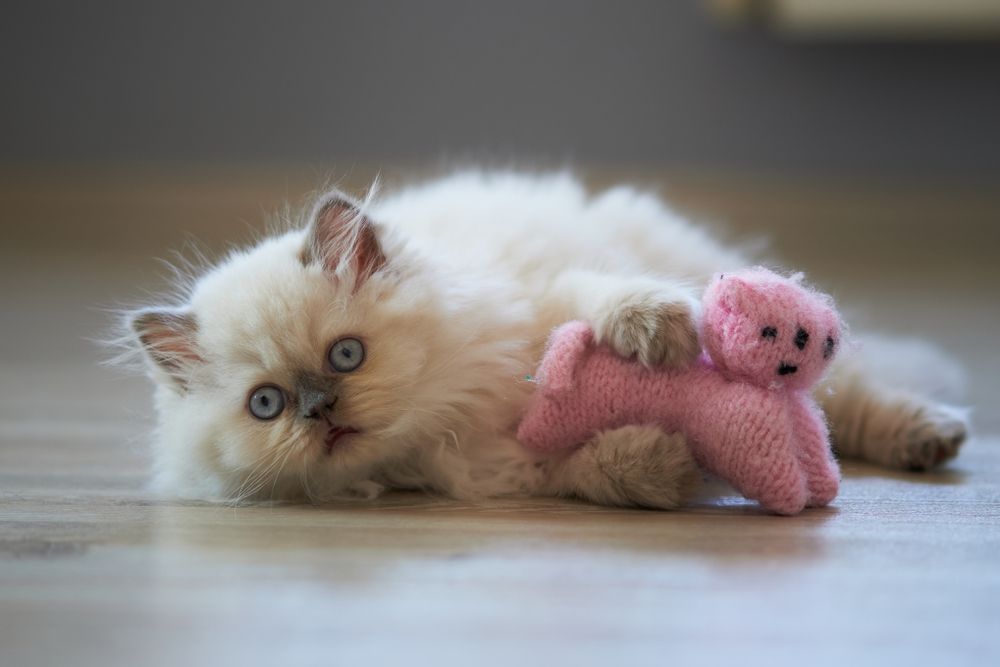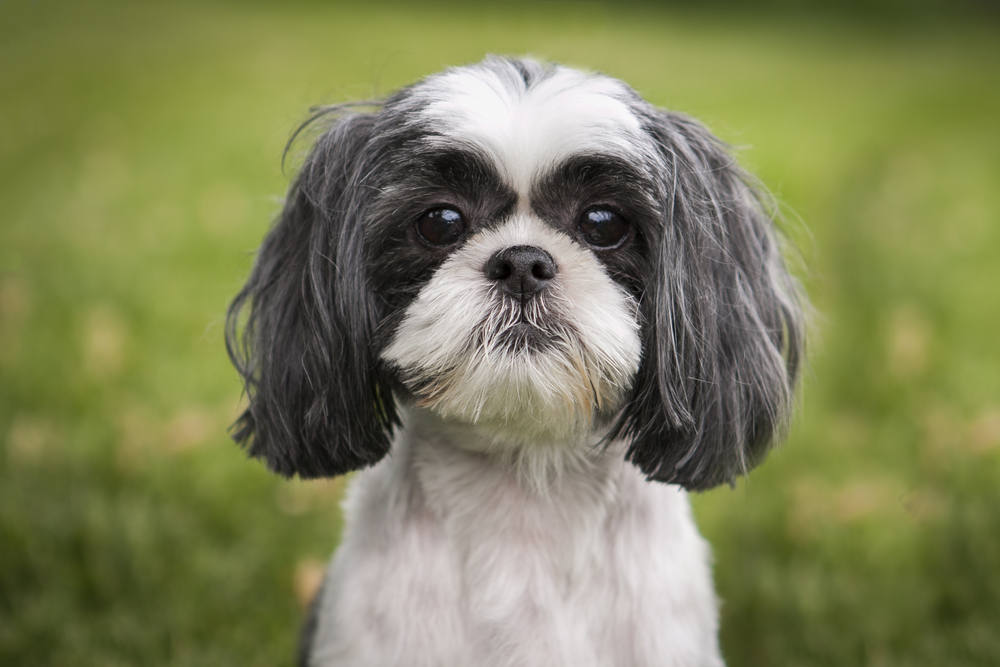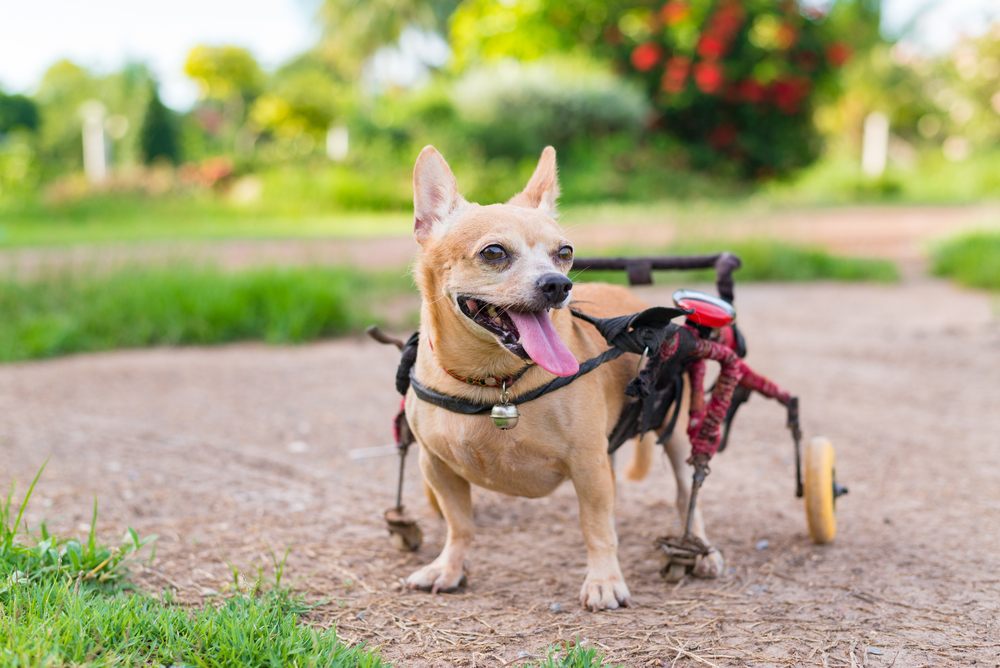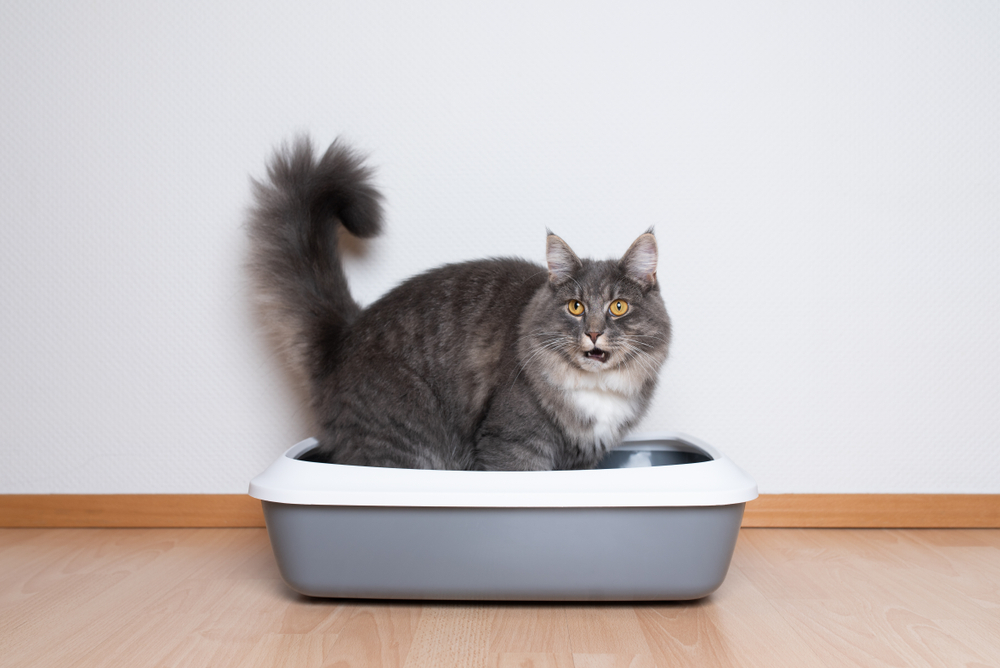Adorable, flat-faced pets (i.e., brachycephalic breeds) are irresistible to many pet owners, but their physical characteristics can lead to significant health issues. Our American Animal Hospital Association (AAHA)-accredited team at Cherry Knolls Veterinary Clinic wants to provide information about the challenges these pets face, and steps that can be taken to address these issues.
Brachycephalic pets
First, let’s look at the origin of the word brachycephalic. Brachy means shortened and cephalic means head, so brachycephalic describes a pet who has a relatively broad, short skull that makes the face and nose appear flattened, and alters the anatomy and relationship to soft tissue face structures. Brachycephalic dog and cat breeds include:
- Dogs — Bulldogs, boxers, Boston terriers, Pekingnese, pugs, Lhasa apsos, shih tzus, Bullmastiffs, Shar-peis, and Cavalier King Charles spaniels
- Cats — Persians, Himalayans, and Burmese
Brachycephalic obstructive airway syndrome in pets
Brachycephalic obstructive airway syndrome (BOAS) refers to upper airway abnormalities that commonly affect brachycephalic pets, who can have one or more abnormalities, including:
- Stenotic nares — Brachycephalic pets commonly have narrowed nostrils that restrict air movement when they breathe.
- Elongated nasopharyngeal turbinates — Nasopharyngeal turbinates are bony, tissue-covered ridges that help warm and humidify inhaled air. These structures can extend past the nose into the pharynx and obstruct airflow.
- Elongated soft palate — A soft palate that extends past the mouth can block the entrance to the trachea, impeding airflow.
- Hypoplastic trachea — Brachycephalic pets may have a narrow trachea that restricts airflow.
- Everted laryngeal saccules — Laryngeal saccules are small pouches located inside the larynx. When other BOAS characteristics force increased respiratory effort, these saccules can turn outward and obstruct the airway.
- Laryngeal collapse — The chronic stress caused by other BOAS characteristics can prevent the larynx from opening normally.
Brachycephalic obstructive airway syndrome signs and diagnosis in pets
BOAS signs include noisy breathing, loud snoring, coughing, gagging, exercise intolerance, difficulty eating, and regurgitation or vomiting. Stenotic nares are easily diagnosed on a routine physical examination, but definitive diagnosis of the remaining BOAS characteristics requires general anesthesia, because a brachycephalic pet’s typically thick tongue makes visualizing their laryngeal region difficult when they are awake. Chest X-rays may also be helpful for evaluating the pet’s lower airways and lungs to determine BOAS severity.
Brachycephalic obstructive airway syndrome treatment in pets
Your pet’s treatment will depend on their condition severity. Strategies include:
- Weight loss — Obesity exacerbates BOAS signs, and your overweight pet will be put on a safe weight loss program.
- Environmental management — Conservative techniques, such as limiting exercise, avoiding hot, humid conditions, and avoiding stress, can help manage mildly affected pets.
- Medical management — Corticosteroids, nonsteroidal antiinflammatories (NSAIDs), and oxygen therapy can provide short-term relief for airway inflammation and respiratory distress caused by BOAS.
- Surgical management — When anatomical abnormalities hinder a pet’s ability to breathe, surgery to widen the stenotic nares, shorten the elongated soft palate, and remove the everted laryngeal saccules is the preferred treatment.
Other brachycephalic pet problems

Brachycephalic pets have more problems than respiratory abnormalities, which can include:
- Ocular issues — Brachycephalic pets’ typically flattened head can cause extremely shallow eye sockets. This predisposes them to numerous ocular issues, such as an inability to completely close their eyelids, poor tear production, cherry eye, inward or outward eyelid rolling, and eyelashes or fur rubbing against their cornea.
- Spinal malformations — Some brachycephalic breeds have a screw tail, which is a genetic tail malformation where the spinal area forming the tail has fewer bones that fuse together, causing the tail to curl. Pets with screw tails have an increased risk for other spinal deformities that can cause abnormal movement, back pain, and urinary or fecal incontinence.
- Dental disease — A brachycephalic pet’s flattened face reduces the gum area inside their mouth, causing overcrowded teeth, which predisposes them to dental disease. Dental disease can result in painful, loose teeth, and tooth root infections, as well as systemic disease if the bacteria enters their bloodstream.
- Skin disease — Many brachycephalic pets have multiple, deep skin folds around their face and tail base that create a warm, moist environment where bacteria and fungi can thrive, and cause severe infections, itchiness, and self-trauma. The skin folds may require surgical removal.
- Ear infections — Some brachycephalic breeds have narrowed ear canals, which predispose them to recurring ear infections that can be difficult to manage.
Brachycephalic pets who have pronounced breathing difficulty, or those severely affected by other BOAS conditions, should not be used for breeding to ensure these traits are not perpetuated.
Brachycephalic breeds are adorable, but their genetic characteristics can cause severe life-long health problems that interfere with their quality of life. If your brachycephalic pet has difficulty breathing, contact our Fear Free team at Cherry Knolls Veterinary Clinic, so we can determine the best treatment strategy to alleviate their distress.








Leave A Comment